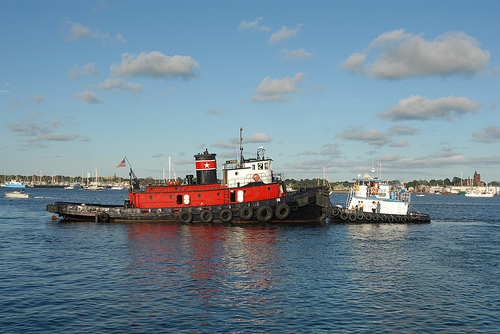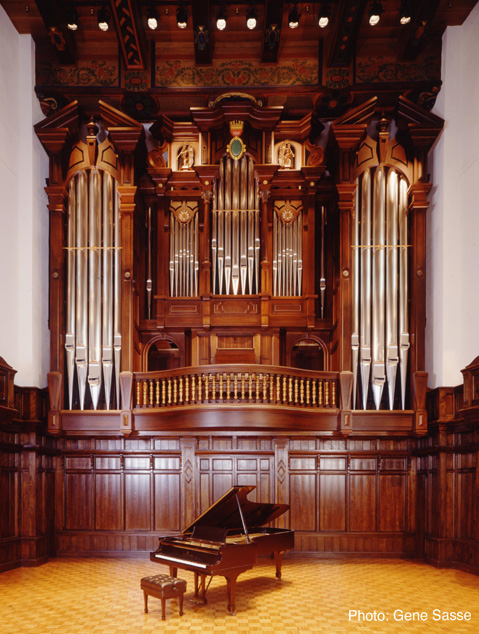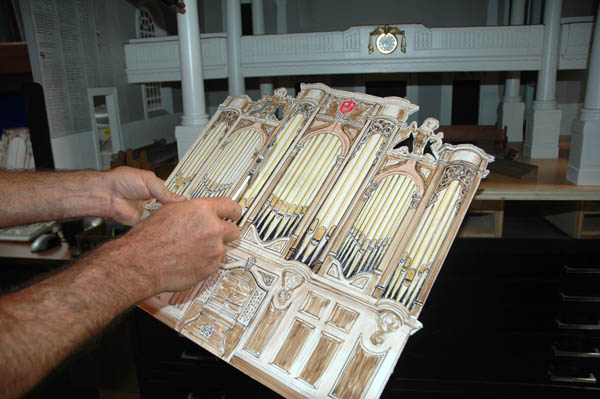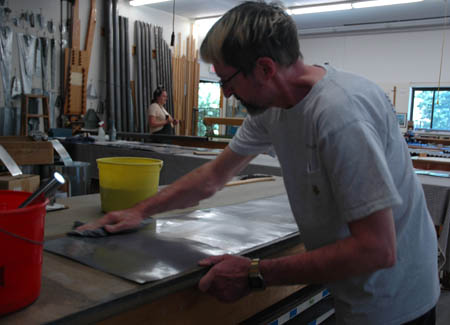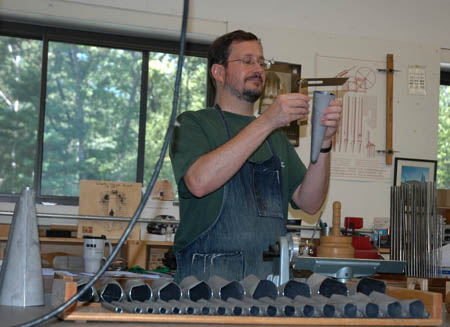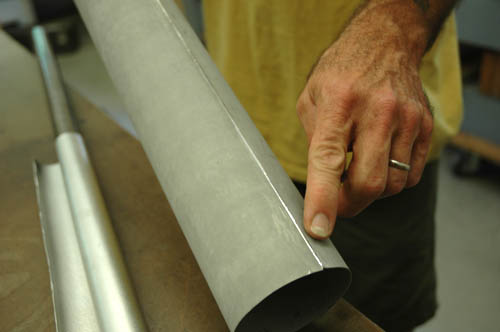
The Cambodian community has become an important part of Lowell’s ethnic urban history. During the 1980s, Lowell was one of a handful of official resettlement communities for Cambodian refugees fleeing war, genocide, and famine. Coming with little in the way of material wealth, many settled into a community known locally as “The Acre” — an area that has served as a gateway neighborhood for generations of immigrants coming to Lowell in search of a better life — Irish, Greeks, Poles, Scots, Portuguese, French Canadians, Italians, and Puerto Ricans.
This section of Lowell got its name back in the 1840s when mill owners, who were concerned about having immigrant Irish workers living in their midst, donated an acre of land southwest of the city’s center. Today’s Acre is larger than its name implies and is home to many Camobodians.
Last week, we hosted a group of Cambodian “elders” from the Coalition for a Better Acre at Lowell National Historical Park. Chief of Cultural Resources David Blackburn pointed out the Acre and several Park and downtown destinations on an orientation map in the Visitor Center.

Some members of the group had immigrated to Lowell in 1985, others more recently. Only two had visited Lowell National Historical Park, and no one had ridden the trolley. They were excited!

Ranger Joanne Marcos shared Lowell’s history through stories of mill girls, labor conflicts, and new immigrants settling into ethnic enclaves — all of which were translated into Khmer by Rasy An, staff member at Coalition for a Better Acre, and Duey Kol, Assistant Director of Cultural Programming at the Park.
The group of visitors was especially animated when entering the Boott Cotton Mill Museum. Standing around a water-powered loom, one man recalled his mother weaving by hand in Cambodia. They marveled at how hard the mill girls worked, the heat and humidity, the long hours, the deafening roar and clack of machinery.


Our last stop was a visit to the Boarding House exhibit where they saw what the mill girls ate for breakfast, the tight sleeping quarters, and the clothing they wore. On the way out, we stopped briefly into the immigration exhibit — where the last panel of a timeline focused on some of Lowell’s more recent immigrants. There on the wall was a black and white photo from 1985 of a Cambodian family taken at the TWA terminal in Boston. One women in the group pointed to a man in the photo, who turned out to be her brother-in-law. What a welcome surprise for them to see their story on the wall, for all to see.
This was the first of what we hope will be many interactions with the Cambodian community through our new partnership with the Coalition for a Better Acre. Through this visit with us, it was apparent that, despite the language barriers, they came away understanding Lowell’s importance in America’s industrialization and how they fit into the city’s story. In the future, the Park plans on nurturing relationships with other ethnic communities throughout the city.


